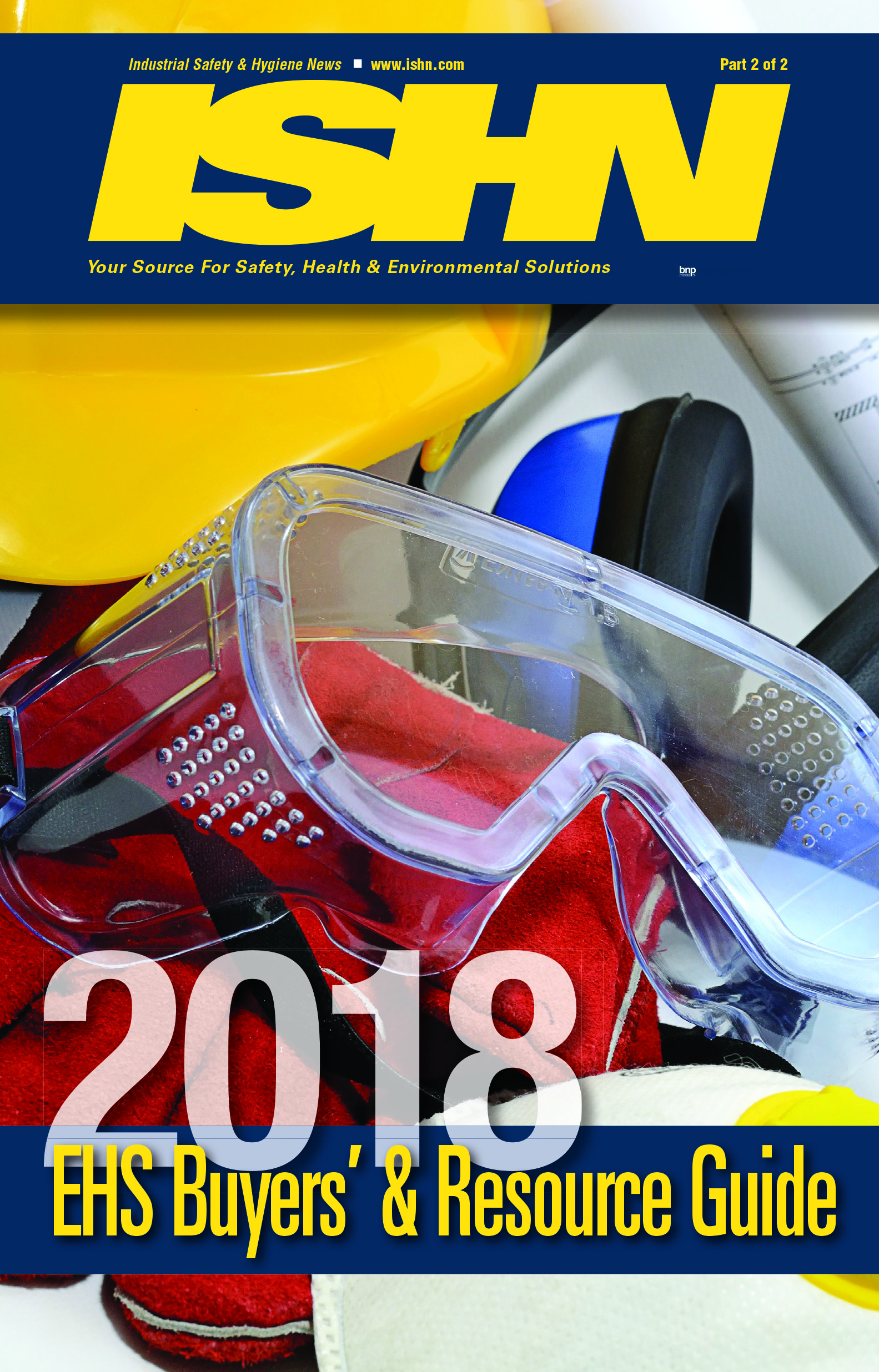Respondents’ professional life
Among the aspects of professional life, the ones that respondents most mentioned as expected to increase next year are level of personal effectiveness as an EHS professional, involvement in employee health promotion and wellness activities, personal level of job stress and work hours.
Share of work time is expecteded to increase next year primarily in the safety area (44% expected an increase), risk management area (34% indicated increase) and environmental area (31% expect an increase).
Seven in ten respondents do not envision leaving the EHS profession due to career change/retirement etc.
EHS program/profession in general
Six in seven respondents do not expect any change in their current EHS program with regards to EHS budget, staff level and use of EHS consultants; however 46% of respondents expect an increase in their personal EHS responsibilities next year
Over a third of all respondents (36%) indicated that their organization has a customized in-house system of ‘plan-do-check-act’ for EHS activities
Six in ten respondents agree/agree strongly that EHS field has suffered significant attrition. Around a same proportion of respondents indicated that their company has not hired a new EHS professional in the past 12 months. Among those that indicated hiring, about half do encounter shortage (mostly moderate) of EHS candidates to hire for the EHS role.
Workplace safety culture
The steps that got highest mentions in terms
of “improvement of safety culture in the organization” were:
Convince management to demonstrate greater participation in safety; develop/improve leading indicator metrics of EHS performance, both above 50%, followed by increase efforts to reduce transportation incidents and develop a zero-incident culture (just below 50%).
Big picture/socio-political scenario
46% of respondents expressed disagreement with OSHA regulations posing threat to employment while 38% showed agreement with current EPA regulations posing a similar threat. About a third weren’t sure of any of these situations.
45% of respondents agreed/agreed strongly with the possibility of Barrack Obama’s victory in the presidential election negatively impacting their jobs. Only 17% expressed similar agreement in the case of Mitt Romney winning.
There is a consensus on the fact that job burnout is a major problem in the EHS profession (seven out of ten respondents expressing agreement).
Respondent profile
Association membership and professional certifications: 35% of all respondents do not belong to any association while 30% of all respondents belong to American Society of Safety Engineers, 27% are a part of the National Safety Council, 18% belong to the American Industrial Hygiene Association and the balance with all other associations.
68% of all respondents find professional certifications being important or extremely important to a career in EHS.
31% of all respondents belong to manufacturing (primary or fabricated metal, machinery, computer/electronic products, electrical appliance, transportation equipment), 17% are consultants, 10%-12% each in construction, oil & gas, chemicals/refining and utilities and 27% in other industries.
About a fifth (19%) of all respondents are relatively new (1-5 years of experience) to the EHS field while 17% have 6-10 years of experience in this field. 43% indicate being in the profession for 11-25 years.
41% of all respondents belong to companies with less than 100 employees.






